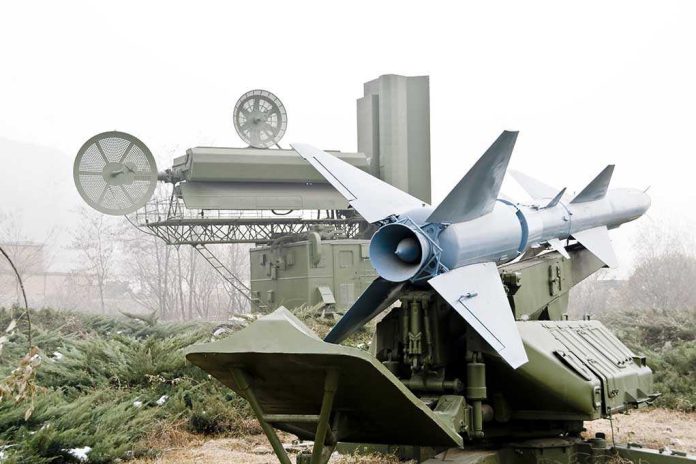
California-based LeoLabs secures $4 million in U.S. military funding to develop a cutting-edge mobile missile-tracking radar system that could revolutionize America’s defense capabilities against emerging threats.
Key Takeaways
- LeoLabs has secured $4 million from the U.S. military through a Tactical Funding Increase (TACFI) agreement for mobile missile-tracking radar development
- The California-based company specializes in ground-based radars for tracking objects in low Earth orbit
- This new mobile surveillance radar will enhance U.S. military flexibility in tracking and responding to missile threats
- The project represents a significant advancement in deployable defense technology that aligns with President Trump’s focus on military strength
Strategic Military Investment in Advanced Defense Technology
In a significant boost to America’s missile defense capabilities, LeoLabs, a California-based company specializing in space surveillance, has secured $4 million in U.S. military funding to upgrade its mobile surveillance radar systems. The funding, awarded through a Tactical Funding Increase (TACFI) agreement, aims to enhance the nation’s ability to track and monitor potential missile threats with greater precision and flexibility. This development comes as the United States continues to prioritize advanced defense technologies under President Trump’s administration, reinforcing America’s commitment to maintaining military superiority.
LeoLabs secures U.S. military funding for missile-tracking mobile radar https://t.co/oaCkNYI9lo pic.twitter.com/MEHKZTg4Xd
— SpaceNews (@SpaceNews_Inc) July 1, 2025
Mobile Radar Systems: A Game-Changer for Military Operations
LeoLabs has established itself as a leader in ground-based radar technology for tracking objects in low Earth orbit. The company’s expertise in developing high-precision tracking systems has made it an ideal partner for the U.S. military in advancing missile defense capabilities. The newly funded mobile radar system represents a significant technological leap forward, allowing military strategists to deploy advanced tracking capabilities to strategic locations with unprecedented speed and efficiency. Unlike fixed installations, these mobile systems can be rapidly repositioned to address emerging threats or strengthen defensive postures in critical regions.
Enhancing America’s Defensive Posture
The decision to invest in mobile missile-tracking technology aligns perfectly with the broader strategic vision of strengthening America’s defensive capabilities. Mobile radar systems provide tactical advantages that fixed installations cannot match, including reduced vulnerability to attack, the ability to fill coverage gaps, and options for surprise deployment that keep adversaries guessing. The technology being developed by LeoLabs will enable military commanders to maintain continuous surveillance of potential threats while adapting to changing strategic circumstances, creating a more robust and responsive defense network.
The Future of Missile Defense
As global powers continue to develop increasingly sophisticated missile systems, the importance of advanced tracking and early warning capabilities cannot be overstated. LeoLabs’ mobile radar technology represents an important component in America’s evolving missile defense strategy. The $4 million investment demonstrates the military’s recognition that flexible, deployable systems will play a crucial role in addressing future threats. By partnering with innovative companies like LeoLabs, the U.S. military is ensuring that America remains at the forefront of defense technology development, capable of protecting its interests and allies against emerging threats.
Strengthening National Security Through Technological Innovation
The collaboration between LeoLabs and the U.S. military exemplifies how public-private partnerships can accelerate the development of critical defense technologies. By leveraging LeoLabs’ expertise in space surveillance and radar systems, the military gains access to cutting-edge capabilities that might take years to develop internally. This approach not only enhances national security but also supports American technological leadership and innovation. As threats continue to evolve in complexity and sophistication, these partnerships will become increasingly vital to maintaining America’s defensive edge and protecting our homeland from potential aggressors.










